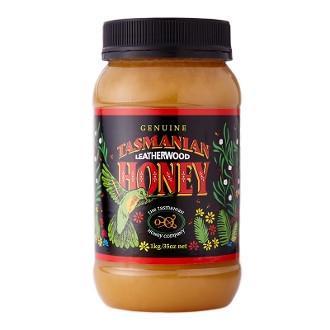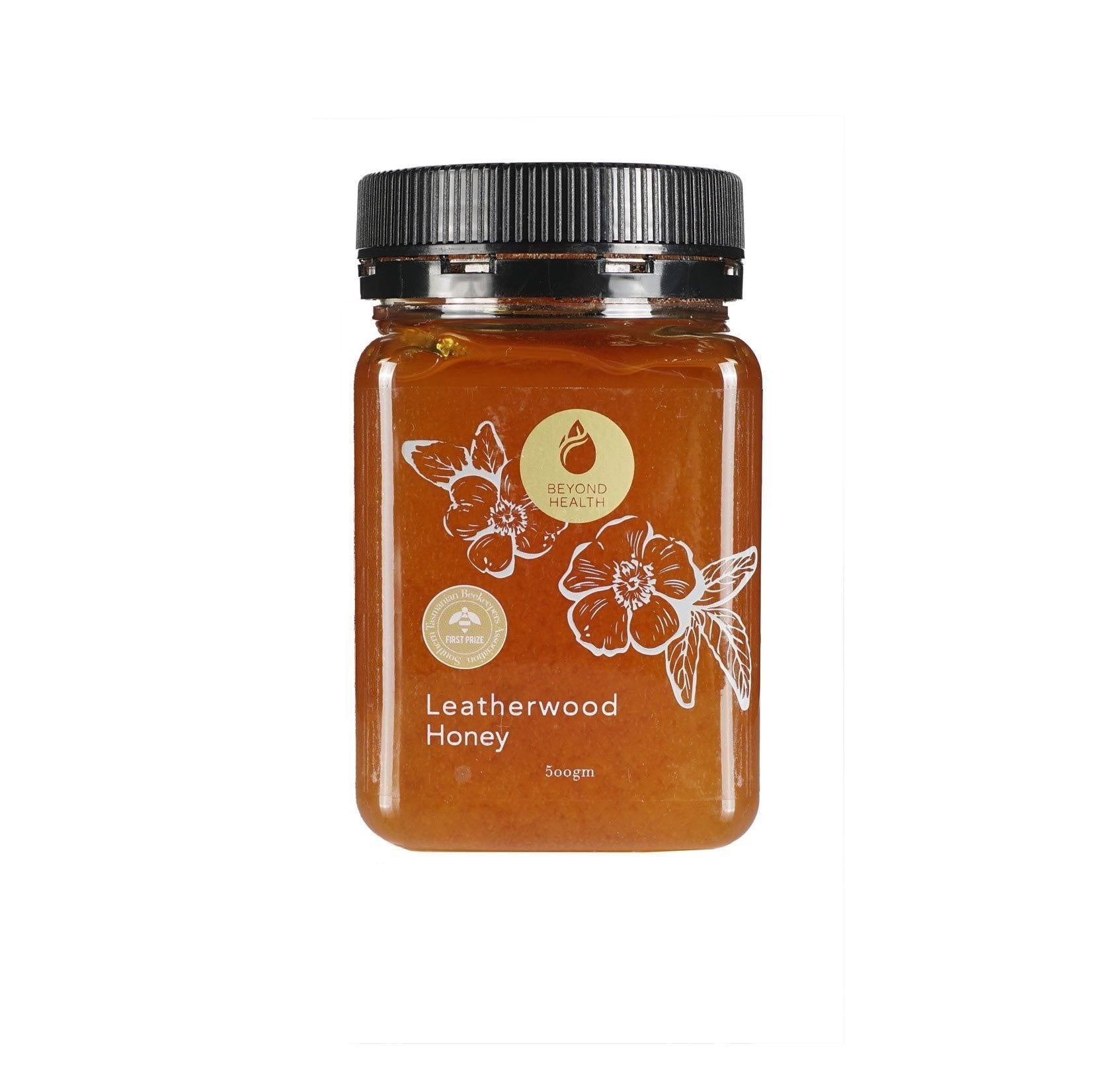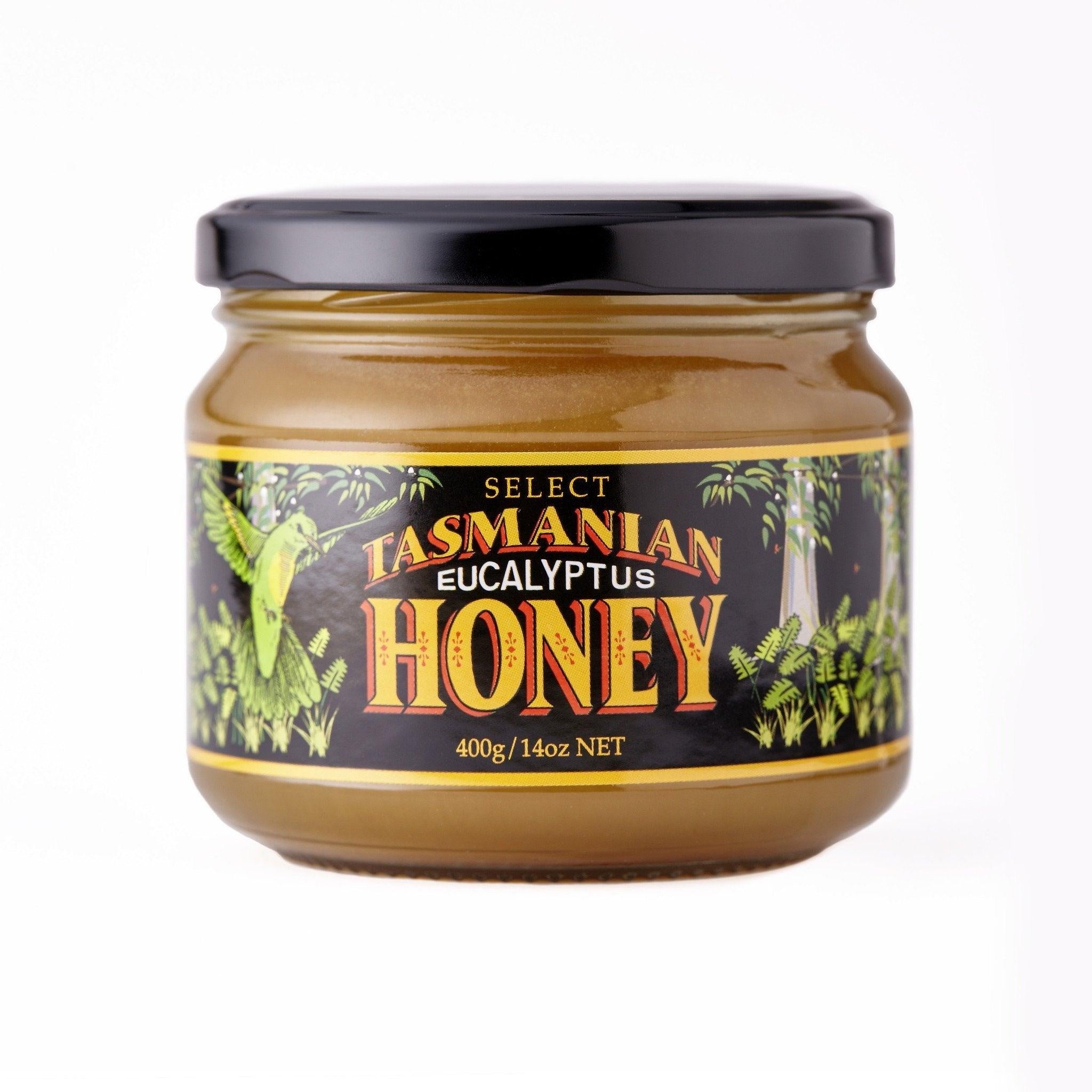Your shopping bag is empty
UMF® (Unique Manuka Factor) vs MGO (Methyglyoxal)
- Posted by: Young Earth Sanctuary Resources Pte Ltd Admin
- Comments: 0
- Categories: YES Blog
Currently there is an array of labels and terminology on different honeys, like UMF® (Unique Manuka Factor) and MGO or MG (Methyglyoxal). Unfortunately, this can be very confusing, but hopefully understanding what the different labels mean will help you to make an informed decision on your purchase of Manuka Honey.

UNIQUE MANUKA FACTOR (UMF®)
UMF® ratings are used to describe the unique type of antimicrobial activity exhibited by certain Leptospermum honeys (a.k.a. manuka). The lab tests used to generate these ratings are called “bioassays” because they test the honey directly against a biological organism (in this case, a germ related to Golden Staph). Although the UMF® numbers are generated by the same type of lab tests and the ratings are equivalent to each other, the “Unique Manuka Factor” (UMF®) is a trademark registered by the UMF honey Association in New Zealand. UMF® is only available for use under license by NZ producers of manuka honey.
It was discovered that methylgloxal (MGO) is responsible for much of the unique activity in manuka honey. This is a direct measure of the amount of MGO in the honey and it is expressed as parts per million (ppm) or mg/kg. The numbers for this type of labelling are usually much higher than UMF® ratings although this doesn’t necessarily mean the honeys are more active.
There is a relationship between MGO concentration and UMF® of a honey. However, it is important to know that the numbers are derived from completely different types of tests, so they are not easily compared. Consumers should be aware that as the MGO scale is a completely different one, a “higher” MGO might not be as active as a honey with a “lower” UMF® rating.
As a rough guide:
UMF® 5+ = MGO 83
UMF® 10+ = MGO 263
UMF® 15+ = MGO 514
UMF® 20+ = MGO 829
But as there is more to the story of the medicinal activity of honey than the amount of MGO, just measuring this does not necessarily give the full picture of its medicinal potential.

The above facts are adapted from the research from Dr Nural Cokcetin. Dr Cokcetin is a postdoctoral research associate at the University of Technology, Sydney, specialising in the field of microbiology. Her research focuses on understanding both the antimicrobial and prebiotic properties of honey.
https://www.uts.edu.au/staff/nural.cokcetin







LEAVE A REPLY
Your email address will not be published. Required fields are marked *